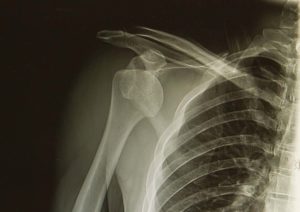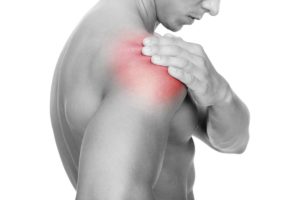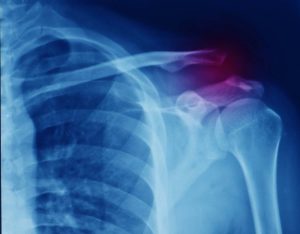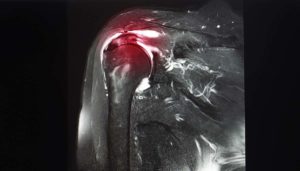
Glenohumeral Internal Rotational Deficit (GIRD)
Typical Symptoms
Glenohumeral internal rotational deficit (GIRD) typically leads to limitation in shoulder movement and in some situations causes pain and functional symptoms. There can also be impingement (catching) due to the altered movements of the shoulder.

What causes it?
GIRD usually occurs in individuals who take part in sports or activities that require repeated overhead throwing, such as baseball or waterpolo. With time, the normal axis of movement shifts due to the joint capsule stretching at the front and tightening at the back of the shoulder, and as a result the individual can develop shoulder symptoms.
How can I help myself?
As mentioned, repeated throwing can be responsible for developing GIRD and therefore looking at your throwing technique with a coach or a physiotherapist to identify other areas in the body that might be causing a limitation, and therefore requiring the shoulder to compensate, is important. Working with a sports therapist for regular soft tissue release or trying acupuncture or cupping can help with pain symptoms.
When to seek help?
If, despite trying to correct technique and movement patterns, the symptoms are ongoing and it is causing pain or functional limitations, you should have your shoulder assessed.
What are the treatment options?
After being assessed clinically with a history and clinical examination, if your clinician suspects that you have developed laxity in certain areas of the shoulder and tightness in others, they may recommend rehabilitation with a physiotherapist in the first instance. If this continues and there are other symptoms such as instability, they may perform an ultrasound scan to assess the tendons, or an MRI scan to assess the integrity of the joint and labrum.
In situations where impingement is limiting your rehabilitation, they may opt for an ultrasound-guided cortisone injection for pain relief or if there is an anatomical injury, a surgical treatment maybe needed.




